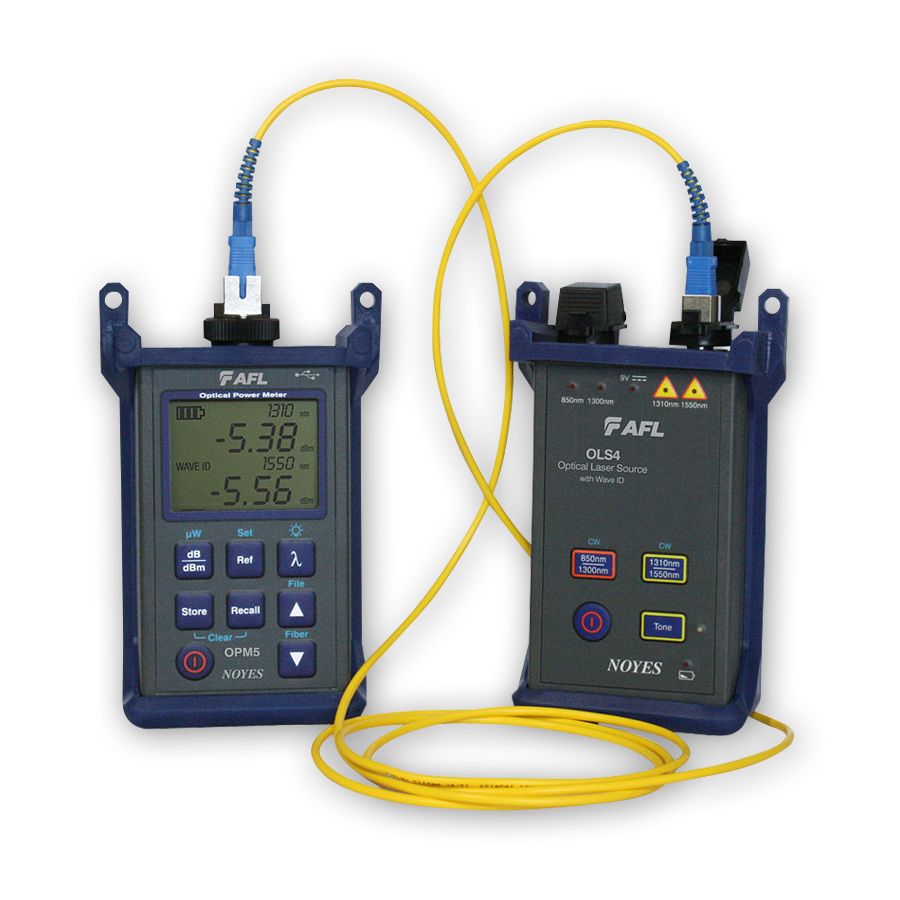All You Need to Learn About Robotic Vision and Its Applications in Advanced Optical Dimension Systems
Robotic vision represents a substantial development in the crossway of computer vision, artificial intelligence, and artificial intelligence. This innovation improves the accuracy of optical dimension systems, enabling real-time data analysis and improved quality assurance. Its impact extends several markets, from manufacturing to healthcare. However, the developing landscape of robotic vision questions about future abilities and applications (fibre testing equipment). What advancements exist in advance in this transformative field?
Recognizing Robotic Vision: Trick Concepts and Technologies
Robotic vision encompasses the innovations and approaches that allow devices to translate and comprehend aesthetic details from their atmosphere. This area incorporates elements of computer vision, synthetic knowledge, and maker understanding to help with automated decision-making based on visual information. Secret concepts include photo handling, which entails the enhancement and evaluation of images to draw out purposeful attributes, and item recognition, which enables devices to identify and identify objects within a scene.

The Integration of Robotic Vision With Optical Measurement Solutions
As markets increasingly require precision and effectiveness, the integration of robot vision with optical measurement systems has become a transformative approach. This harmony permits robotics to regard and translate their surroundings, improving the ability of optical measurement systems to assess and analyze objects with unrivaled precision. By furnishing optical sensing units with advanced imaging technologies, robotic vision enables real-time information collection and processing, helping with prompt modifications to dimension specifications.
In addition, the combination empowers automated systems to discover variants in measurements, surface area quality, and placement, which are crucial in quality assurance procedures. Enhanced algorithms, such as artificial intelligence, additional enhance this combination by boosting the systems' capacity to adapt to various settings and circumstances. Subsequently, the assimilation not just improves measurement procedures but also decreases mistakes, guaranteeing that items fulfill stringent market criteria, consequently strengthening the duty of robot vision in the future of optical dimension systems.
Applications of Robotic Vision in Manufacturing
In contemporary manufacturing atmospheres, making use of vision systems has actually transformed manufacturing processes by making it possible for devices to execute jobs with amazing accuracy and rate. Robotic vision systems are increasingly used for quality assurance, where they check items for issues and guarantee adherence to requirements. These systems use video cameras and progressed algorithms to examine items in real-time, considerably minimizing the danger of human error.
In addition, robot vision facilitates hop over to here automation in production line, permitting robots to precisely identify elements and construct them with very little downtime. This modern technology likewise enhances supply administration, as vision systems can keep track of supply degrees and find inconsistencies, guaranteeing a smooth supply chain.
Robotic vision aids in the application of wise factories, where information from vision systems can be incorporated with other modern technologies to maximize workflows (robotic vision). Overall, the applications of robotic vision in making show its important role in boosting performance, quality, and efficiency across numerous industries
Robotic Vision in Medical Care: Transforming Person Care

In rehabilitation, robot vision help in checking person development and customizing treatment sessions to specific demands. It sustains medical professionals by automating jobs such as information collection and client monitoring, permitting for more time to concentrate on direct client communication. In addition, robotic vision enhances telemedicine by enabling remote medical diagnosis and virtual assessments, linking the void in between individuals and health care companies. Generally, the application of robotic vision in health care is revolutionizing individual treatment, resulting in boosted results, effectiveness, and person satisfaction.
Future Trends and Growths in Robotic Vision Technology
The rapid development of robotic vision innovation guarantees to additionally improve its applications throughout various sectors, including healthcare. Future patterns indicate a considerable shift in the direction of including expert system and artificial intelligence, enabling systems to pick up from huge datasets and improve accuracy in time. Enhanced sensing unit innovations and click for more info deep understanding algorithms are expected to fine-tune object recognition abilities, allowing robotics to interpret complicated settings a lot more successfully.

The integration of increased reality (AR) with robot vision will likely change exactly how robots assist in medical treatments and diagnostics. This harmony will help with real-time data visualization, boosting decision-making procedures. In index addition, miniaturization of components will certainly bring about even more small and versatile robot vision systems suitable for a selection of jobs. As these improvements unravel, markets will witness increased automation and efficiency, strengthening robot vision as a cornerstone of ingenious technical remedies.
Regularly Asked Concerns
What Are the Main Elements of a Robotic Vision System?
The major elements of a robotic vision system include electronic cameras for photo capture, cpus for data analysis, formulas for analysis, and actuators for activity. With each other, these aspects allow robots to view and communicate with their setting efficiently.
How Does Robotic Vision Improve Precision in Measurements?
Robotic vision enhances measurement accuracy by utilizing innovative imaging innovations, making it possible for precise item detection and spatial analysis. This ability minimizes human error, boosts repeatability, and enables real-time changes, ultimately boosting overall dimension reliability and efficiency.
What Industries Benefit Many From Robotic Vision Innovation?
Different sectors profit significantly from robot vision technology, consisting of production, healthcare, agriculture, and logistics. These markets utilize enhanced precision, effectiveness, and automation, resulting in enhanced productivity and reduced operational costs in their corresponding processes.
Can Robotic Vision Solutions Job in Low-Light Conditions?
Robotic vision systems can certainly function in low-light problems, making use of innovative sensors and algorithms to enhance image clarity. This capacity permits them to do effectively in different atmospheres, including industrial and security applications, despite minimal illumination.
What Are the Expenses Associated With Implementing Robotic Vision?
The prices linked with carrying out robotic vision vary considerably, affected by parts such as video cameras, software application, and integration. Additional expenditures consist of upkeep, training personnel, and potential upgrades to existing systems, which can build up with time.